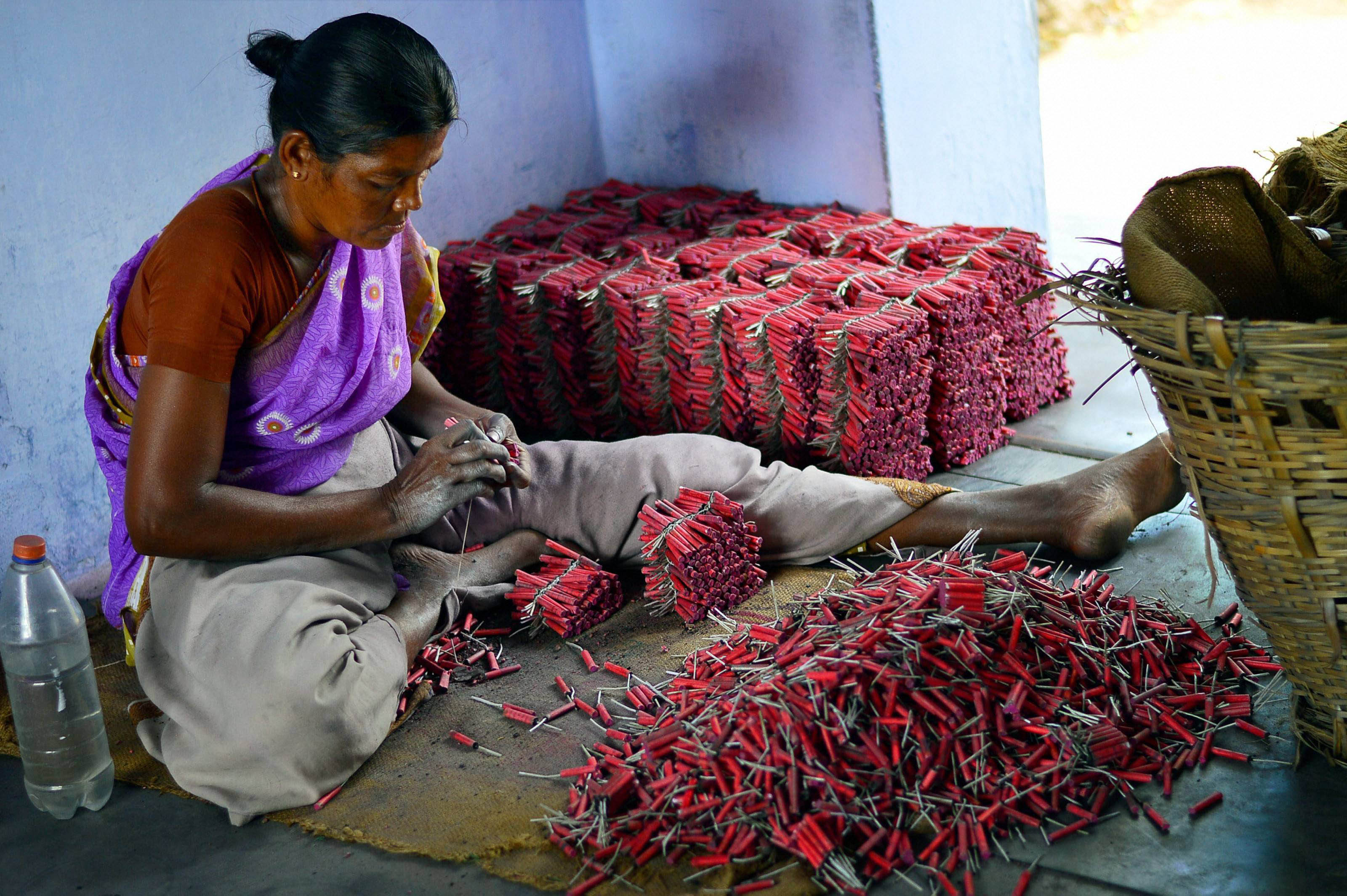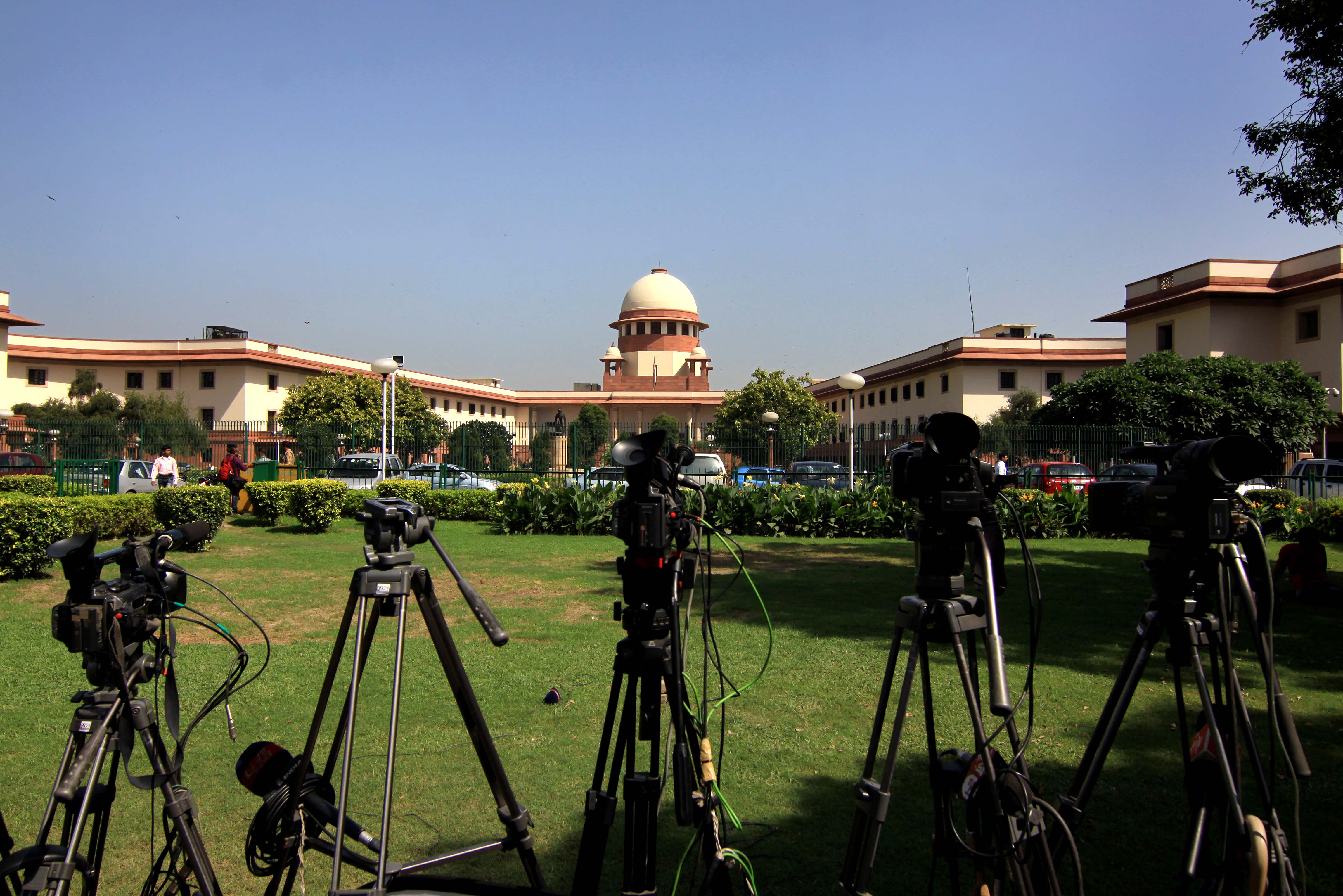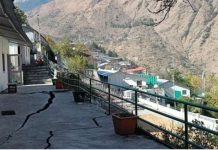
Sivakasi’s 100-year old firecracker industry has been severely hit by firecracker ban and Covid curbs. Five lakh families, who are dependent on the industry since generations, are struggling to make ends meet with no rehabilitation plan in sight, reports Aayush Goel
While the entire nation eagerly awaits to celebrate a Covid curbs-free Diwali, the quaint city of Sivakasi, nicknamed little Japan owing to its industrious nature, in Tamil Nadu’s Virudhunagar district stares at a gloomy and black one.
Sivakasi’s booming economy owing to a 100-year old firecracker business has been hit by anti-pollution ban, green crackers and Covid for the last three years and lost its sparkle. The streets conventionally abuzz with business during this time of year are now marked by shut factories, reduced production and glaring losses. The worst affected are over 5 lakh families who have since generations worked in industry but are struggling to make ends meet today. Many have pulled children out of schools, migrated out as under-paid textile industry labour, construction labourers, house helps etc. The city that once was a picture of thriving community today battles with a high rate of alcoholism, school dropouts and malnutrition. Hit by denialism and short-sightedness, this Diwali it awaits a thought on a rehabilitation plan or the world wide talk about ‘just transition’. The 2015 International Labour Organisation guidelines on ‘just transition’ highlight the need to secure the livelihood of those who might be negatively affected by the green transition and also stress the need for societies to be inclusive, provide opportunities for decent work for all, reduce inequalities and effectively eliminate poverty. Sivakasi that has for generations lit the sky waits for its ray of hope.
A matter of life and death
“Whenever we talk about cracker ban they say it is a matter of life and death but it’s the same for us. We have since generations worked in making firecrackers and that is what kept our families alive but today we are dying a slow death. Until a few years ago me and my wife worked in a factory and earned enough to feed and teach our children. Diwali used to lit up our houses but since 2019 every Diwali pushes us more towards despair. I have pulled my children out of their school and I am sending them to government school as they can get meals there. My wife is a maid in house and I get small jobs on and off . We are ruined,” says Sanju Ganesan, a 40-year-old worker.
Ganesan is not alone but hunger and poverty is shared by over 2 lakh workers directly employed in over 1200 units in the city.
According to the Virudhunagar district administration, there are around 1200 factory units. Of these, 280 are licensed by the district revenue office and 741 by Petroleum and Explosives Safety Organization (PESO). The number of workers employed directly is over two lakh and workers in the allied industries — offset printing, paperboard, retail and transport are close to five lakhs.
The worst hit are women workers, who are typically engaged in labelling, assembly, and packaging of crackers and work with chemicals. They are paid only about half of what men earn. Even these meagre wages have taken a hit.
“I used to make around 500 a day which went towards my household needs and liquor for my husband who lost his eyesight a few years ago. We were not that well off but were doing fine. But things changed completely. I had to raise a loan when my husband died of Covid. The factory I worked in shut. I now work on contract basis in small workshops, make some 300 rupees a day and manage to just get humble meals for us. Even my children have dropped out of the school and work with me,” says Nandini.
57-year old Sevvapandi, his wife and three other family members work as labourers in a cracker manufacturing factory. From earning 1000 a day, he now earns Rs 300-350 for 12 hours of work. The entire family has been praying that not many states ban crackers and the manufacturing unit he works in gets more demand. Mariamma and Lakshmi are both above 55 years of age and have been working in the firecracker units for more than 15 years. “We know nothing other than this. We suffered a lot during Covid-19 and survived just by eating the ration rice. If there is a ban or closure on the fireworks industry, we will only have to survive eating porridge from ration rice for the rest of our lives,” said Lakshmi.
65-year-old P Annalakshmi, who is involved in making ground chakra crackers says for her the wages have come down by nearly a third, to about Rs 200 per day. “I earn around Rs 1,000 a week, half of which is paid as interest to money lenders, from whom I had borrowed during the lockdown. Whatever is left is used to run my household. I have acute pain in my knees and can’t stand for long. So I can’t do any other work.”
Experts feel that the successive governments had earned lakhs of crores of rupees in tax revenue over the years from the fireworks industry and the revenue should now be used for the worker’s rehabilitation. While authorities contest employment in matches and printing, they cannot accommodate such a large workforce. Textile industry is luring these workers but lack of industry skill affects earning making it not a viable option. The government needs to arrange for re-skilling, provide subsidies for setting up industries and ensuring local employment to save the city.
Manufacturing dropped by 40-50%
The fireworks manufacturers claim that though they are privy to the plight of workers and small time traders, there is hardly anything they can do as they are themselves staring at yet another gloomy Diwali. Delhi, one of the biggest firecracker markets, has banned usage of crackers, even ‘green’ ones while states of Haryana, Rajasthan and UP are expected to allow green crackers. This however will not make any difference as going by the demand, the production has already dropped by over 50 percent due to the Supreme Court’s ban on use of barium salts in crackers.
“The change of norms, legal blows and monthly shift in green cracker formula has killed the industry. From a 5000 crore booming business we have been reduced to not even 3000 crore in 2021 and it is going down every year. The manufacturing cost of crackers has increased but not the sale or demand and that has reduced the production and thrown labour out of work. Where we employed 800 workers every Diwali season we are just employing 200 odd ones. It’s sad but the industry has been hunted unlike the automobile industry which got ample time to make the green shift”, says Sivakasi Fireworks Manufacturers Association (SFMA) Vice-President A. Murali.
Raja Chandrasekaran, President, Federation of Tamil Nadu Fireworks Traders (FTFT) while talking to Tehelka said the ban on barium was imposed without any scientific study conducted on the possible hazardous impact on the environment. “As per the studies, firecrackers are number 30 in key reasons behind pollution in the country. They are just used for a day and cannot be held accountable for year-long pollution in Delhi NCR. We are being targeted because of the hue and cry of the environmentalists in the name of pollution, although other sectors use barium in various production operations. I should say that we are the weaker opponent and are being made scapegoats,” he said. Industry has constantly been questioning the efficacy of the formulation provided by the Council of Scientific and Industrial Research (CSIR) and the National Environmental Engineering Research Institute (NEERI) to make green crackers. NEERI claims that using its formulation in firecracker manufacturing, the emission levels will go down by 30 per cent but industry insists this is not scientific.
NEERI to set up emission testing laboratory in Sivakasi

Since manufacturers were finding it difficult to send their products to NEERI’s laboratory in Nagpur for conducting emission tests, NEERI will soon set up an emission testing laboratory for green fireworks products in Sivakasi at a cost of Rs 7.50 crore wherein Rs 4.50 crore will be contributed by Central Government and Rs 3 crore by manufacturers.
Stating that NEERI has got only two chambers for testing fireworks products, Raja Chandrasekaran said that the facility had the limitation in conducting tests for only four products a day. Hence, there will be a delay in certification of the fireworks products. He further elaborates, “I manufacture 100 products in my factory and there are 1000 such factories. With this speed it will take months and years to get every product tested. Still rest of the products will be sent to Nagpur for testing. It has been proposed by firecracker manufacturers to set up at least 10 chambers in Sivakasi, so that 20 products can be tested each day.” Around 800 units have already entered into agreement with NEERI for producing green crackers and every unit is sending multiple products for the same.
Sivakasi a classic failure of ‘Make in India’ policy: Virudhunagar MP
Virudhunagar MP Manickam Tagore says the centre should not just give slogans like ‘Make in India’ but make efforts to help industries. “We have met three ministries and only with their support will we be able to move forward. Sivakasi has the potential to become a world player but we are not getting the required support from the Centre. We are held guilty instead of being seen as a promoter of business. Because we are voiceless, we are from Tamil Nadu, and we just have one MP, Sivakasi is voiceless. We are being blamed for others’ mistakes,” he said. Tagore says that Delhi has a poor air quality for 289 days and Diwali is for two days.
“What is being done to control the air quality for the rest of the 287 days? Why blame Sivakasi for others’ errors and this discrimination and bias is the reason for our situation? In 2020, fireworks were banned in Delhi but the pollution levels were the same as in 2018, and people like [Delhi CM] Arvind Kejriwal who blame fireworks for pollution can’t hide their failures to control pollution due to other factors”, he quips. The city has long been trying redemption by exploring options of export and MP Manickam Tagore and the members of the manufacturing sector have put forth several representations to help the industry export crackers.
Supreme Court’s barium ban
In September 2017, the Supreme Court banned the use of antimony, lithium, mercury, arsenic, lead and strontium nitrate in firecrackers, while hearing a case filed in 2015 by the legal guardians of three Delhi-based children who argued for a complete ban to protect their right to a pollution-free environment. A year later, in 2018, the apex court held that only “green crackers” would be allowed. In 2021 clarified that “green firecrackers” were allowed, but reiterated the ban on those that contain barium salts and ‘joint crackers’ (lari), a staple of the industry. The apex court said, “Celebration cannot be at the cost of the other’s health.” The firecracker associations filed a plea against the same highlighting ‘myths’ about Barium. The hearing was scheduled in June 2022, but it was deferred.
The Supreme Court on October 11 also refused to lift the ban on firecrackers in Delhi. “We will not lift the ban on firecrackers in the National Capital Region. Our order is very clear,” the Supreme Court said.
Expressing concern over the increasing pollution levels in Delhi NCR, the Supreme Court while hearing the plea by BJP MP Manoj Tiwari challenging the blanket ban on sale and purchase and usage of firecrackers during festive seasons observed that the court had already passed detailed order with regard to the usage of firecrackers and will not vacate the previous order.











